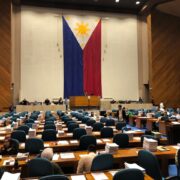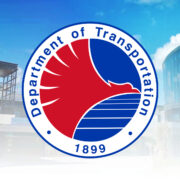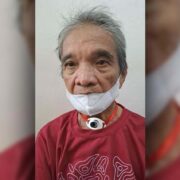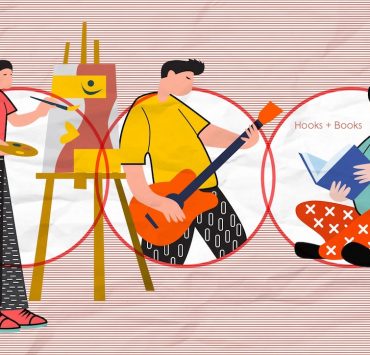The cost of earning
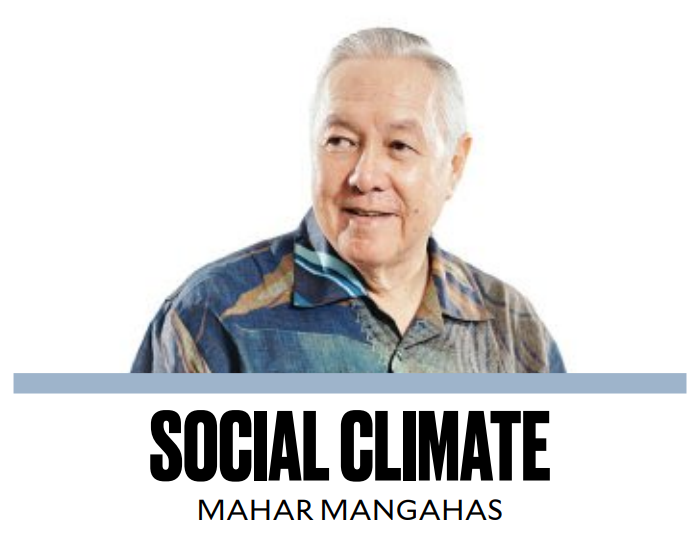
Earning the money to pay for one’s living has its own costs in terms of money. In particular, earning a living requires interconnecting with other people, both personally and by means of gadgets; all these interconnections cost money.
Social Weather Stations (SWS) recently started asking in its quarterly national survey how much a household spends in a month for public transportation, mobile phone loads, and internet. Here, I will cite some findings from the most recent SWS survey, fielded last Sept. 14-23, but too mundane to be prioritized for release on the website. The questions were addressed to and answered by the household head.
Public transportation. When the survey asked for the family’s usual spending per month (pangkaraniwang gastos sa isang buwan) on public transportation to work and school, 19 percent said they spent nothing. This means that there is a group of about one-fifth of Filipino families that does not need public transportation to go to work or school.
Perhaps it is close enough for them to walk. Perhaps they have private transportation. (By the way, 47 percent of families have a motor vehicle, but only 5 percentage points of these are cars or four-wheelers, i.e. the others are motorcycles, some with a sidecar. We have not yet asked for the family’s usual monthly spending on fuel for their vehicles.)
Perhaps they have no school-age children? Perhaps all the income earners work at home? We can check for such cases in other parts of the survey or we might ask clarificatory questions in future surveys.
At any rate, for the 81 percent of families who do take public transportation for work or school, the national median spending per family as of last September is P2,000 per month. The medians are P2,500 in the National Capital Region (NCR), P2,000 in Balance Luzon and also in Visayas, and P1,500 in Mindanao. These are not insignificant; employers should take note of them.
When grouped by educational attainment of the household head, the median monthly spending for public transportation is P1,440 for elementary dropouts, P1,600 for junior high school (JHS) dropouts, and P2,000 for both JHS graduates and college graduates. Since families with higher education spend more, it appears that they have farther to travel.
Mobile phone loads. These would be for prepaid mobile services. For this purpose, 36 percent say they do not spend anything. From another part of the survey, we know that 69 percent have at least one mobile phone. We need to check on how many are on postpaid service plans.
At any rate, for the two-thirds of families that have mobile phone service, the median monthly spending for load is P400. The median is the same in other areas, except in Visayas, where it is only P300.
By educational categories, the spending medians for mobile phone loads are P300 for both elementary and JHS dropouts, P400 for JHS graduates, P500 for senior high school graduates, and P400 for college graduates.
Internet. Sixty one percent of families are connected to the internet via their mobile phones. 7 percent are connected to it through a personal computer, and 6 percent are connected via a tablet—these are overlapping categories.
About half (49 percent) of all families say they spend nothing for internet; presumably, they use it at places with Wi-Fi. The ones who pay for internet are 74 percent in the NCR, 55 percent in Balance Luzon, 42 percent in Visayas, and 30 percent in Mindanao. In every area, the median spending of a family for internet is P1,000 per month, which is meaningful.
Grouped by household head education, the median monthly spending rates for internet are P500 for elementary dropouts, P700 for JHS dropouts, P1,000 for JHS graduates, P1,200 for senior high school graduates, and P1,300 for college graduates.
The social costs of earning. There are many other costs of earning that would be interesting to survey. Many workers are expected to provide their own tools of the trade. Musicians prefer to own their musical instruments.
Many occupations have uniforms, dress codes, and costumes, that the income earner has to or prefers to provide. Bankers dress like bankers, professors dress like professors, entertainers dress like entertainers.
Now is a special season for reciprocal hospitality—a special cost that pays off in the long run, without need of counting.
—————-
Contact: mahar.mangahas@sws.org.ph.
Dr Mahar Mangahas is a multi-awarded scholar for his pioneering work in public opinion research in the Philippines and in South East Asia. He founded the now familiar entity, “Social Weather Stations” (SWS) which has been doing public opinion research since 1985 and which has become increasingly influential, nay indispensable, in the conduct of Philippine political life and policy. SWS has been serving the country and policymakers as an independent and timely source of pertinent and credible data on Philippine economic, social and political landscape.




